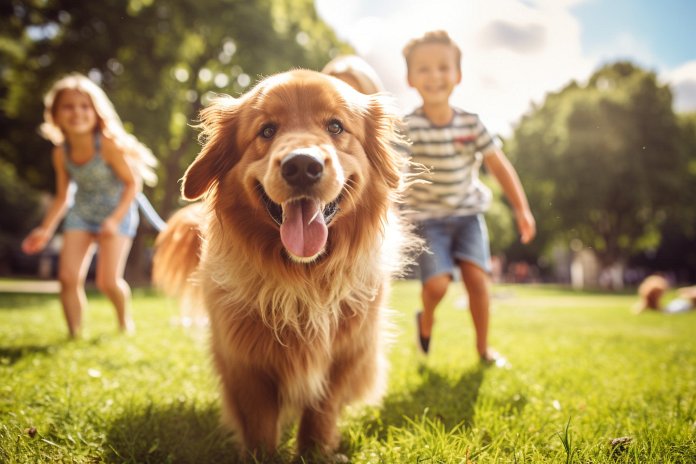
Dogs are beloved members of many families, providing joy, loyalty, and companionship. They can also offer protection, depending on the breed. Some dogs are naturally protective and can guard the home against intruders, while others protect against loneliness or boredom. The body language of a protective dog can indicate their level of protectiveness, such as barking at strangers or growling when sensing danger. Signs of protection may also include whining, incessant barking, or restlessness.
Certain breeds have a long history of providing protection, and they continue to serve this purpose today. German Shepherds, Akitas, Chow Chows, Doberman Pinschers, and Rottweilers are among the breeds known for their protective nature. It is important to properly socialize and train these dogs to ensure they are both protective and well-behaved around friends and family. Obedience training and socialization help prevent inappropriate aggression. With proper training, these dogs can serve as both pets and guardians. However, it is essential to remember that while some breeds have protective instincts, they must also be taught how to be loving family pets.
“Finding the perfect balance: Socialization and training for protective dogs”

Tips & Things to Know
1️⃣ Pay attention to your dog’s body language: Dogs have various ways of expressing their protective instincts, such as growling, alertness, raised hair on their back, and baring their teeth. Understanding and recognizing these signs can help you determine if your dog is trying to protect you or alert you to potential dangers.
2️⃣ Consider the breed: Certain dog breeds have been traditionally bred for protective roles and are more likely to exhibit protective behaviors. German Shepherds, Akitas, Chow Chows, Doberman Pinschers, and Rottweilers are examples of breeds known for their protective nature. If you are looking for a protective dog, research and choose a breed that aligns with your needs and preferences.
3️⃣ Socialization and training are crucial: While it’s important to have a dog that can protect you, it’s equally important to ensure they are well socialized and properly trained. This will prevent aggression towards innocent people and animals. Socializing your dog from a young age and providing obedience training will help them understand appropriate behavior and respond to commands. By striking a balance between protection and obedience, you can have both a loving pet and a reliable guardian.
Frequently Asked Questions, Answered ✅
1. What are some signs that indicate you have a protective dog?
– Alertness, intelligence, dominance, and a potential for aggression are signs of a protective dog. They may raise the alarm when someone approaches the door and may attack if they perceive a threat to their loved ones.
2. Can dogs protect you from loneliness?
– Yes, some dogs can protect you from loneliness by showing loyalty, affection, following you around, and being sweet-natured companions.
3. What are the body language signs that indicate a dog is protective?
– Body language signs of a protective dog include growling, being alert, the hair on their back standing up, and exposing their teeth.
4. What other signs might a protective dog display?
– Other signs of a protective dog include whining, incessant barking, and restlessly running around. They may also display irregular behavior if they sense danger.
5. Which dog breeds are known for their protective nature?
– German Shepherds, Akitas, Chow Chows, Doberman Pinschers, and Rottweilers are among the dog breeds known for their protective nature. These breeds provide protection due to their intimidating appearance and their loyalty to their loved ones.